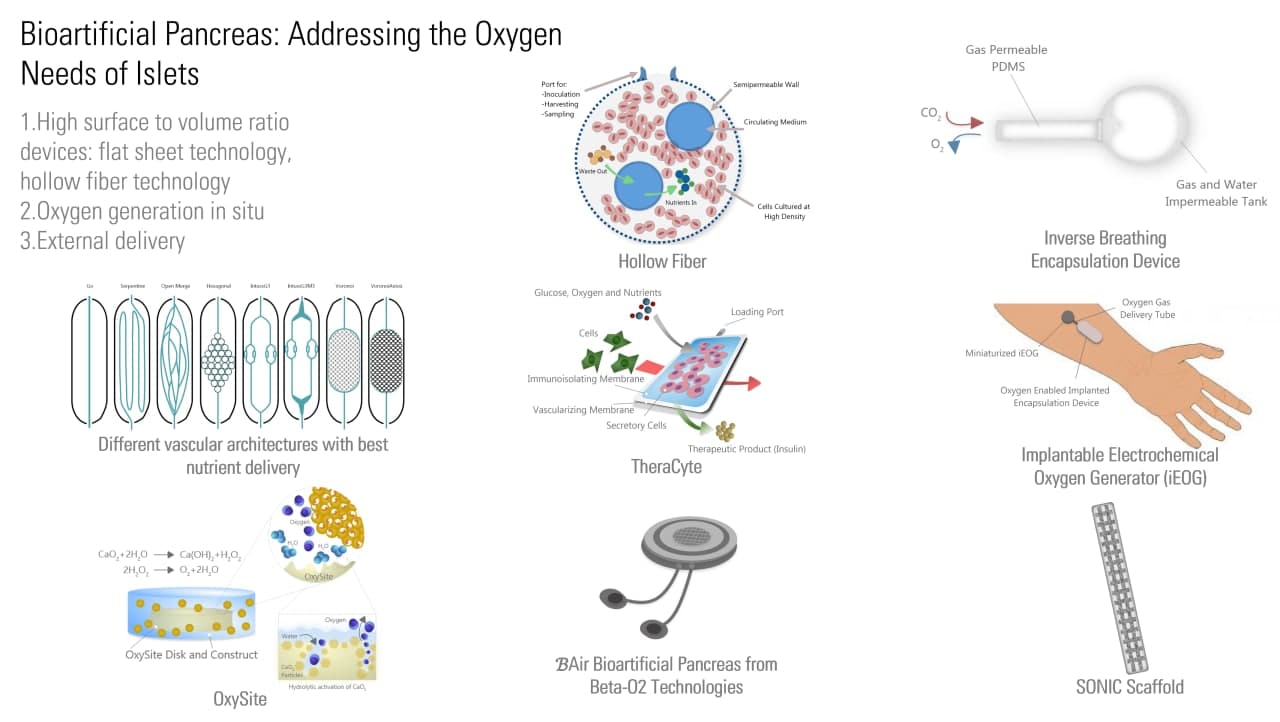Type 1 diabetes mellitus (T1D) is an autoimmune disease causing insufficient or no production of insulin from the pancreas; this impedes glucose metabolism, generating several life-long health sequelae in nearly every organ system. Tools such as automated exogenous insulin delivery systems and constant glucometers, alongside diligent self-care, do improve outcomes. However, additional therapies are needed to improve the management of therapeutic goals and eliminate the risks or consequences of wide swings in glycemia. Transplantation of human islets has offered a proof-of-concept for beta-cell replacement therapy. But a number of hurdles remain in realizing the full potential of beta-cell replacement therapy, one of which being ensuring an adequate supply of nutrients and oxygen to the islet graft.

In response, Juvenile Diabetes Research Foundation (JDRF) is collaborating with a wide spectrum of partners to develop a replacement product using an unlimited source of beta cells without needing broad spectrum immunosuppression. A critical challenge is to protect beta cells from their host’s immune system, while still preserving consistent gas permeability, and permitting glucose-responsive insulin secretion. Novel designs are emerging that try to strike this delicate balance between diffusion, perfusion, and protection (see figure). Non-invasive tools that can directly map oxygen levels in vivo could prove very useful in evaluating and optimizing new technologies that extend the viability of beta-cell implants. In an effort to accelerate the development of beta cell replacement therapies, JDRF is supporting O2M Technologies’ “Oxygen Measurement Core” to test the therapeutic potential of implantable cell delivery systems. The technology developed by O2M has already proven to be successful in providing oxygen maps of islet encapsulation devices in vitro and in mice.
JDRF is committed to achieving their vision of “a world without T1D.” By connecting multidisciplinary collaborations and investing in diverse strategies, JDRF is closing research gaps. See a discussion by VP of Research Dr. Esther Latres on how JDRF is accelerating towards a cure for T1D.
